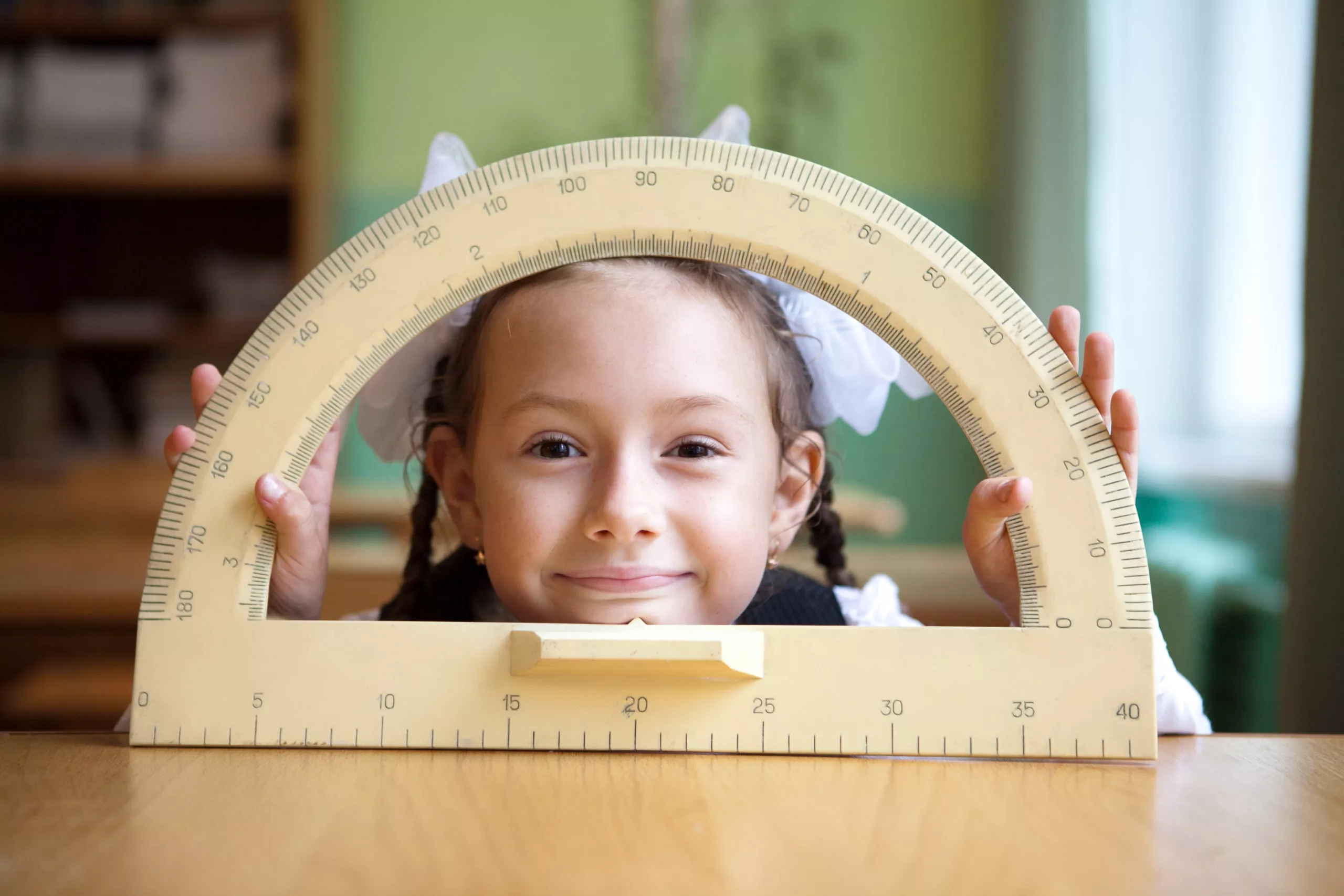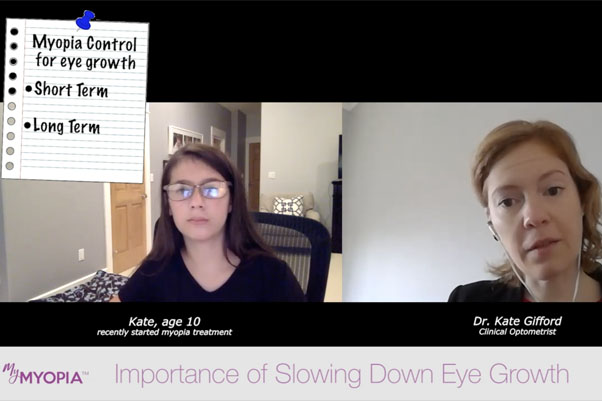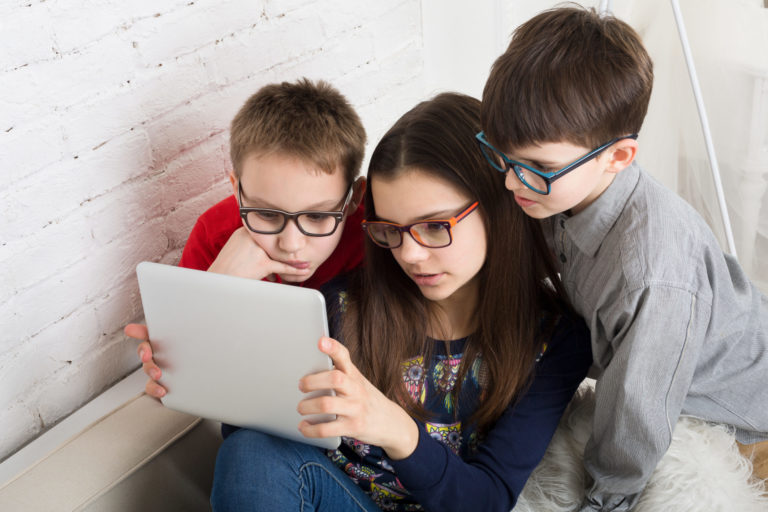
The myopia epidemic existed well before the COVID-19 pandemic, yet the pandemic could worsen the number of children at risk of nearsightedness.1 The number of Americans who are nearsighted has nearly doubled over the last 50 years to over 40% and, without action, the American Academy of Ophthalmology says that it is estimated that nearly half of the world’s population will be myopic by 2050.2
“More people in glasses is not the concern, it’s the number of people with severe or ‘high’ myopia that’s raising the alarm,” the academy says. “High myopia raises the risk of vision-threatening eye conditions [Read: What are the long-term risks of myopia in children?] such as retinal detachment, glaucoma, early cataracts, and myopic maculopathy, a leading cause of blindness world-wide.”3
Both genetics and environmental factors play key roles in myopia. But the recent, dramatic upswing in cases appears to be driven by environmental factors.4 With more children spending time indoors and utilizing digital devices for everyday activities such as entertainment, connecting with friends and family, and virtual learning, the eye health community is alerting parents that there is an increased risk of myopia in children.
Meet The Myopia Task Force
The Myopia Task Force, brought together by the American Academy of Ophthalmology (AAO), is made up of recognized experts in myopia prevention and treatment, public health experts from around the world, and organization representatives from the American Academy of Family Physicians, the American Academy of Optometry, and the American Academy of Pediatrics. The Task Force is developing an action plan to delay the onset of myopia in children and slow the progression of the disease so the most devastating consequences of high myopia can be avoided. The plan includes:
- Educating the health care community, public policy makers, and the public about the public health burden imposed by myopia
- Promote myopia as an important public health concern both nationally and internationally
- Work with the pediatric and family physician organizations to encourage the value of outdoor time for children and to encourage the early diagnosis of myopia in children5
The academy also announced that Nevakar Inc. has committed $125,000 over the next 5 years to support the educational efforts. 6
“We applaud the academy’s myopia efforts and with this grant want to demonstrate our commitment to this important cause.” – Navneet Puri, PhD, founder, chairman and CEO of Nevakar
What you can do to help protect your child’s vision today
With an appropriate balance of screen time and outdoor activities, a child’s myopia can be limited and it could protect their vision as they grow.7 Increased time spent outdoors can slow myopia progression and may decrease the risk of new myopia onset by 50%.8
Actions you can take today:
- Keep devices at a distance and take frequent breaks.
- Help kids develop healthy digital device habits.
- Encourage children to spend time outdoors safely.
- Take your child for an annual eye exam.
Tags: myopia, myopia in children, myopia prevention, myopia task force


